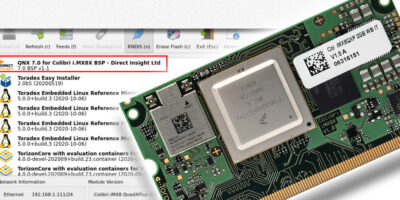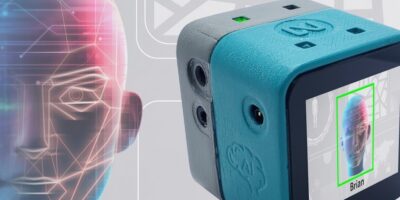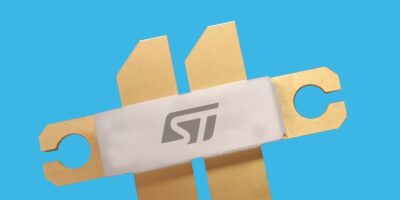Systems integrator and system on module (SoM) reseller, Direct Insight, has created a QNX 7 board support package (BSP) for Toradex’s Colibri iMX8X embedded computing modules. They feature-rich QNX OS with real-time capability combined with the i.MX 8X processors can be used for mission critical applications such as medical devices, navigation, industrial automation, HMIs, avionics, POS, data acquisition and robotics.
Toradex Colibri iMX8X modules feature the NXP i.MX 8X family of embedded SoCs, including the i.MX 8QuadXPlus (i.MX 8QXP) which has four Cortex-A35 cores as the main processor cluster. The SoCs provide full 64-bit Arm v8-A support while maintaining seamless backward compatibility with 32-bit Armv7-A software. The main cores run at up to 1.2GHz.
According to David Pashley, Direct Insight’s managing director: “QNX is perfect for real time, safety critical applications,” he added that the BSP created by Direct Insight provides a great starting point for high availability industrial designs.
The QNX 7 BSP for Toradex’s Colibri iMX8X contains all the basic features required to run the OS on the board, such as drivers for various interfaces including Ethernet, Watchdog timer, I2C, SPI, USB, SD card and UART. A display driver is also planned.
The BSP is free to download as a demo system, and the source code can be licensed on a per-project basis for an affordable fee. Direct Insight also offers enhancements to the BSP, including additional drivers and production-hardening and testing.
Daniel Lang, chief medical officer at Toradex, added: “We design products for applications that demand high reliability, safety and security, such as medical devices. The QNX offering from Direct Insight further strengthens this positioning and allows our customers to use QNX while lowering the project risk and shortening the time-to-market.”
Founded in 1992, UK-based technical systems integrator and reseller of system on module (SoM) and other embedded systems, Direct Insight helps development teams to upgrade to the latest SoC, FPGA and OS technology by choosing the right off-the-shelf hardware, software and tools. It also provides support and services to fill the gaps, allowing customer development teams to focus on differentiating core skills.
Key partners include QNX, Ka-Ro Electronics, the German designer and manufacturer of embedded modules; and Taiwanese single board computer maker, DFI.







